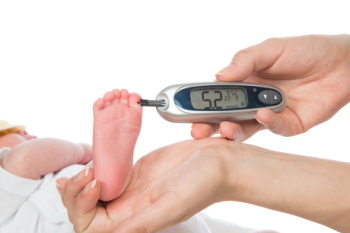
Sever’s disease, also known as calcaneal apophysitis, is a common condition affecting children and adolescents, particularly those who are active in sports. It occurs when the growth plate in the heel becomes inflamed due to excessive stress and strain. The primary symptoms include heel pain, tenderness, and swelling, which often intensify with physical activity and may improve with rest. This condition typically affects children during periods of rapid growth, especially those involved in running or jumping sports. The repetitive pressure and tension on the heel can worsen the inflammation. Addressing Sever’s disease involves reducing activities that strain the heel and using supportive footwear to provide proper cushioning. If your active child has heel pain, it is suggested that you confer with a podiatrist who can help your child to find relief from this uncomfortable condition.
Sever's disease often occurs in children and teens. If your child is experiencing foot or ankle pain, see Jeffrey Parrett, DPM from Parrett Podiatry. Our doctor can treat your child’s foot and ankle needs.
Sever’s Disease
Sever’s disease is also known as calcaneal apophysitis, which is a medical condition that causes heel pain I none or both feet. The disease is known to affect children between the ages of 8 and 14.
Sever’s disease occurs when part of the child’s heel known as the growth plate (calcaneal epiphysis) is attached to the Achilles tendon. This area can suffer injury when the muscles and tendons of the growing foot do not keep pace with bone growth. Therefore, the constant pain which one experiences at the back of the heel will make the child unable to put any weight on the heel. The child is then forced to walk on their toes.
Symptoms
Acute pain – Pain associated with Sever’s disease is usually felt in the heel when the child engages in physical activity such as walking, jumping and or running.
Highly active – Children who are very active are among the most susceptible in experiencing Sever’s disease, because of the stress and tension placed on their feet.
If you have any questions, please feel free to contact our office located in Waxahachie, TX . We offer the newest diagnostic and treatment technologies for all your foot and ankle injuries.


 Diabetic foot
Diabetic foot